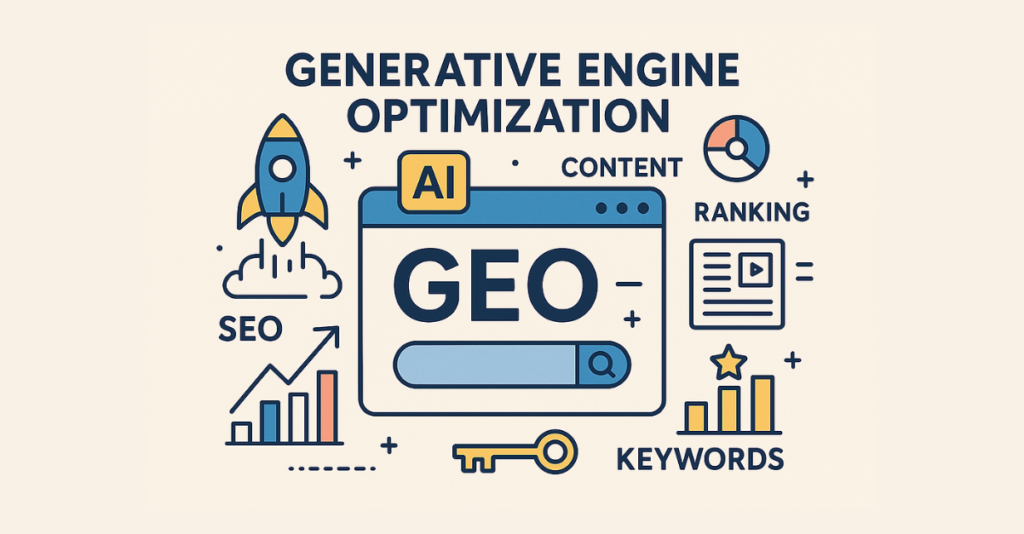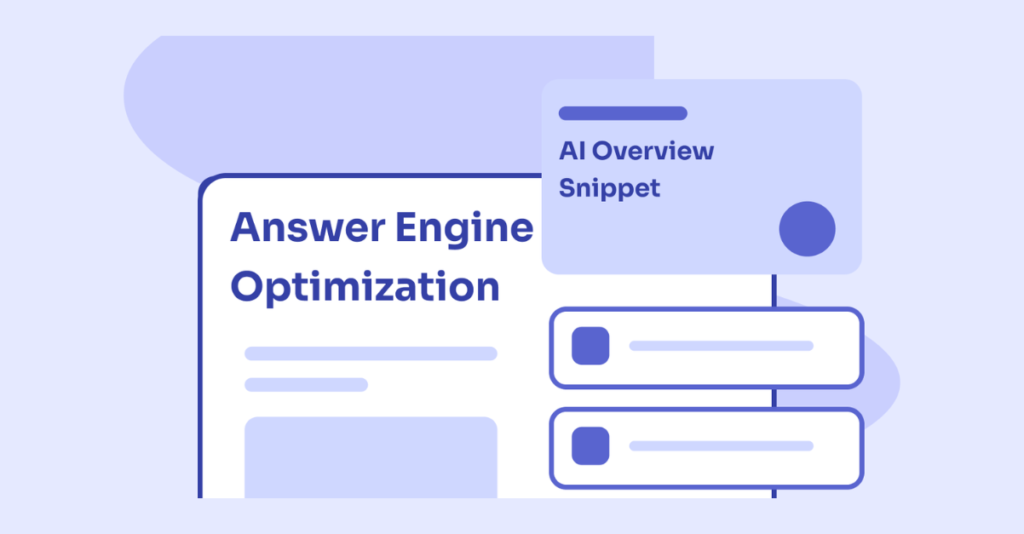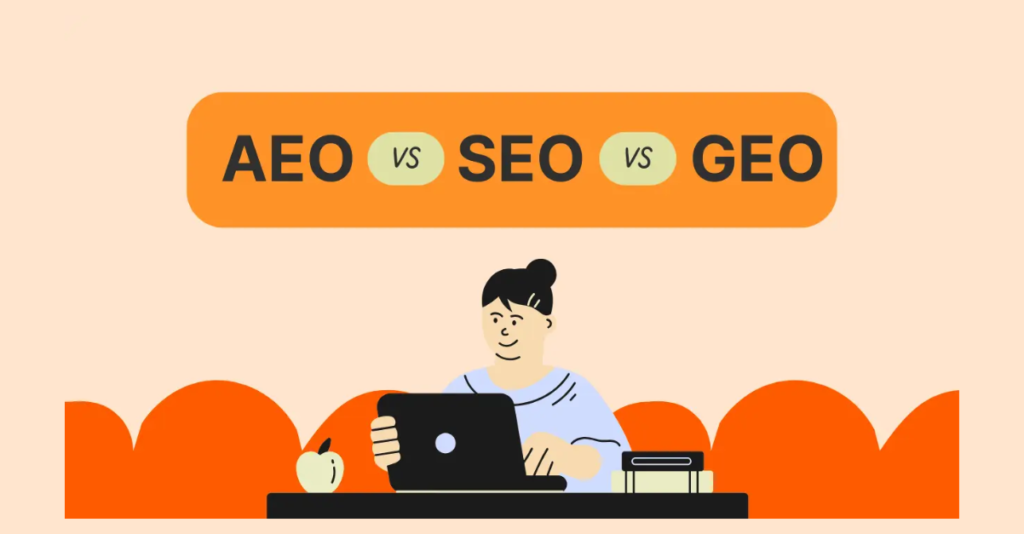In the world of digital marketing, you might have heard the terms SEO, GEO, and AEO. These three are powerful tools that help businesses grow online, but they focus on different areas. If you’re running a business or building a website, understanding Geo vs AEO vs SEO can make a big difference in how people find you online.
Let’s break down what each of these means, how they’re different from each other, and how you can optimize your website for all three.
What is SEO?

SEO stands for Search Engine Optimization. It is the process of improving your website so that it ranks higher in search engines like Google or Bing. When someone types in a keyword related to your business, you want your website to show up at the top of the results. That’s where SEO helps.
The main goal of SEO is to bring more visitors to your website without paying for ads. It involves using the right keywords, creating quality content, building links from other websites, and making sure your site is fast and easy to use.
To optimize your site for SEO:
- Use important keywords in your page titles, headings, and content
- Add meta descriptions and alt tags for images
- Write helpful blog posts regularly
- Make sure your website is mobile-friendly and loads fast
- Get backlinks from trusted websites in your industry
Good SEO takes time, but it gives long-term results. It’s like planting a seed and letting it grow with the right care.
What is GEO?

GEO stands for Geographic Engine Optimization. It’s often called Local SEO. GEO helps your business appear in searches made by people in your area. For example, if someone types “coffee shop near me” or “digital marketing agency in Delhi,” Google shows results based on location.
Geo optimization is very helpful for small businesses, shops, service providers, and anyone who works in a specific city or region. The goal is to attract nearby customers who are looking for your products or services.
To optimize for GEO:
- Create and verify your Google Business Profile
- Add your business address, phone number, and working hours
- Use local keywords like city names in your website content
- Encourage customers to leave Google reviews
- Add your business to local directories like JustDial, IndiaMart, or Sulekha
By focusing on GEO, your business becomes more visible to people around you, especially on mobile devices and Google Maps.
What is AEO?

AEO stands for Answer Engine Optimization. It’s a newer concept that focuses on giving direct answers to users’ questions. AEO helps your content appear in places like Google’s “People Also Ask” box, voice search results (like Alexa or Siri), and featured snippets.
AEO is about understanding how people ask questions and providing clear, helpful answers. As more people use voice search or AI tools like ChatGPT to get quick information, optimizing for answer engines is becoming more important.
To optimize for AEO:
- Write short and clear answers to common questions
- Use question-based headings (like “What is SEO?”)
- Add an FAQ section on your pages
- Use structured data like FAQ schema
- Focus on quality, accurate, and easy-to-understand content
If SEO helps people find your site, AEO helps them get quick answers from your content even without clicking on your website.
Geo vs AEO vs SEO: The Main Differences
All three SEO, GEO, and AEO are connected, but they serve different purposes.
| Feature | SEO | GEO | AEO |
|---|---|---|---|
| Focus | General search results | Local searches | Direct answers and voice search |
| Audience | Anyone searching online | Nearby customers | Users asking questions |
| Platforms | Google, Bing, Yahoo | Google Maps, local directories | Google Snippets, voice assistants |
| Best for | Websites, blogs, online stores | Local shops and services | Informational websites and blogs |
Understanding Geo vs AEO vs SEO helps you know where to focus your energy, depending on your business type. If you’re a local business, GEO is a must. If you want long-term visibility, SEO is essential. And if you want to appear in voice search or AI-generated answers, AEO is your friend.
How to Optimize for All Three Together

You don’t have to choose one over the other. You can (and should) work on all three at the same time. Here’s how you can do it:
- Do keyword research carefully
Find keywords that people are searching for in your field. Include local keywords like city names and question-based keywords like “how to hire a digital agency.” - Create high-quality content
Write blog posts, service pages, and FAQs that answer your audience’s questions clearly. Add location-based content when needed. - Optimize your Google Business Profile
This is the most powerful tool for GEO. Keep your info updated and ask happy customers for reviews. - Use FAQ sections on your website
This helps both AEO and SEO. Use questions that people often ask and answer them in a simple way. - Add structured data (schema)
Use schema markup like FAQ schema or LocalBusiness schema to help search engines understand your content better. - Focus on mobile experience
Most local and voice searches happen on mobile. Make sure your site is mobile-friendly, fast, and easy to navigate. - Get local backlinks and citations
List your business in local directories and get featured in local blogs or news sites. This improves your GEO strength and builds your SEO as well. - Use natural language
Write the way people talk. This helps with voice search and AEO, where users ask full questions instead of typing short keywords.
Conclusion:
In today’s digital world, it’s not enough to just have a website. You need to make sure people can find it and that they get the right information when they do. That’s why understanding Geo vs AEO vs SEO is so important.
Each one plays a different role in helping your business grow online. SEO brings general traffic, GEO brings local customers, and AEO helps your content stand out in voice and AI search results.
By combining the strategies of all three, you can build a strong online presence that reaches your target audience, answers their questions, and keeps them coming back.
